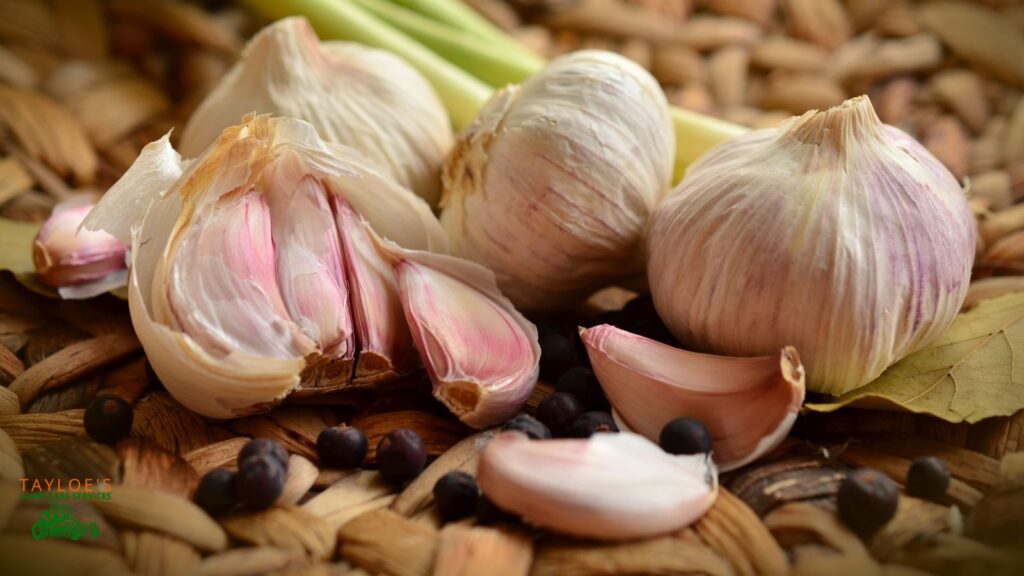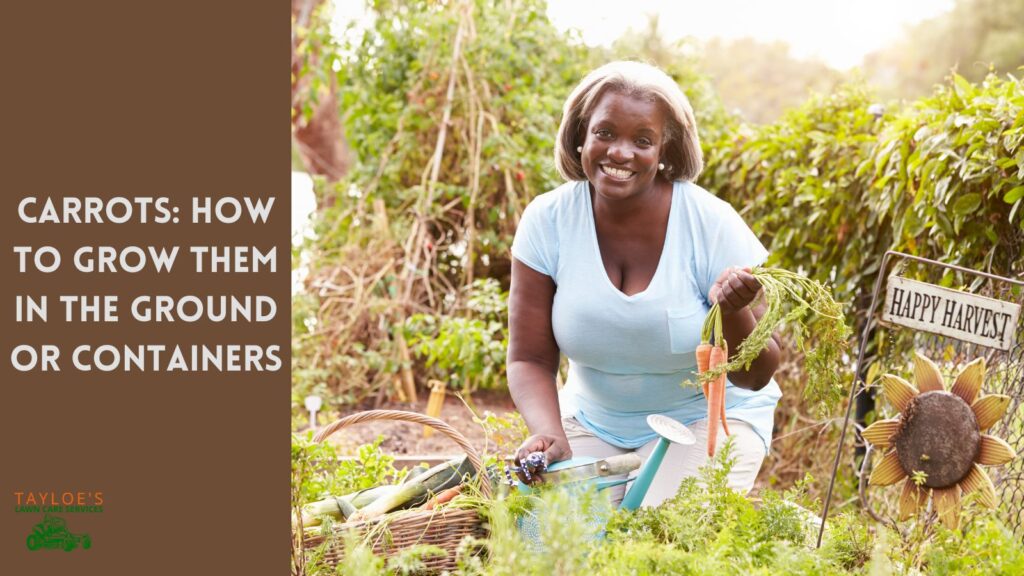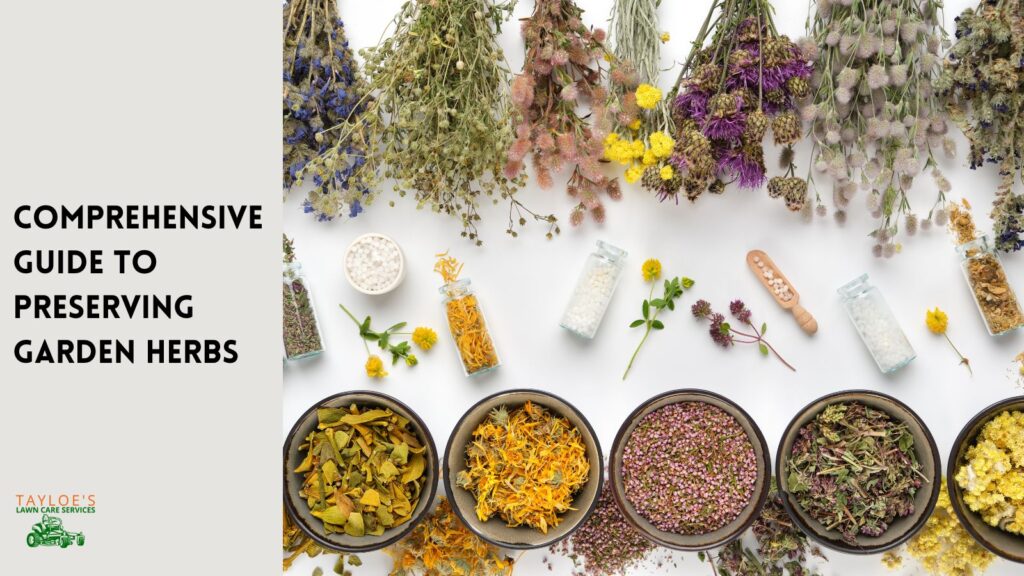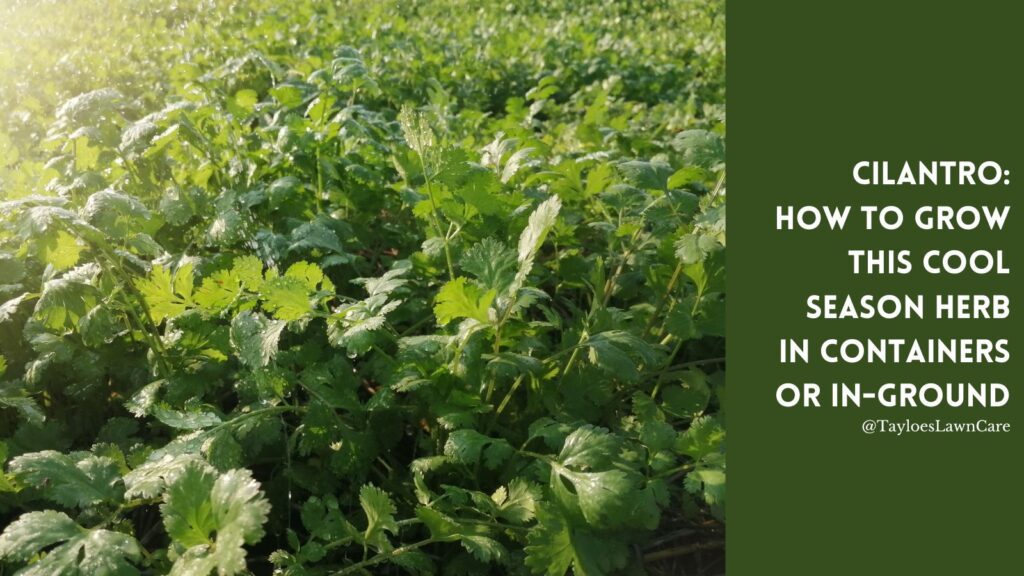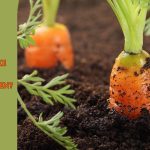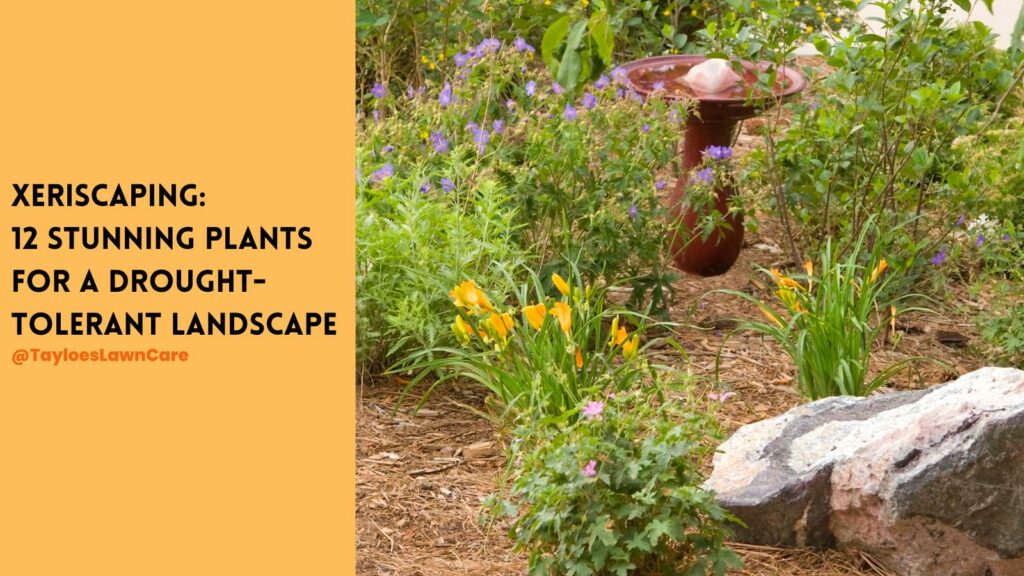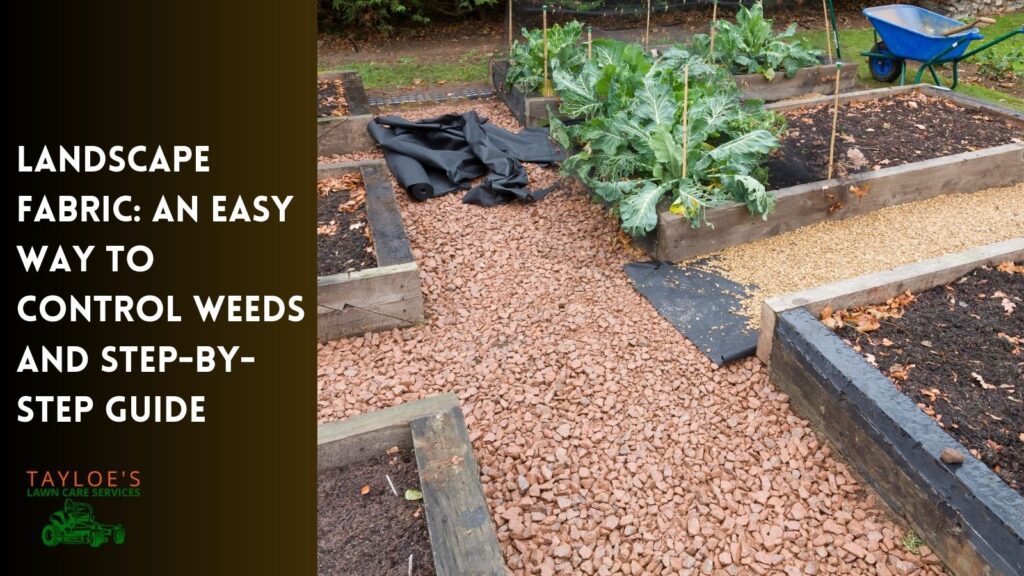Last Updated on: 28th August 2024, 06:35 am
Here’s the easiest way to grow garlic.
Garlic is a super simple bulb to grow, though dreaded by most gardeners for its prolonged maturity period (usually about nine months), implying an extended care period.
Garlic is native to Asia. And like most bulbs—whether grown in pots or ground gardens—will thrive with little effort as long as the growing conditions are favorable.
The secret to success with garlic is to get the timing right. For most parts of the United States, including northeastern North Carolina, this is in the fall—between late September and November. Wait until after the first frost, once the soil cools down, but before anything freezes.
For hard frost-prone areas, plant the cloves six to eight weeks before the predicted first fall frost date.
Be sure to pick the most suitable variety for your growing zone. This bulbous plant has two main categories: hardneck (Allium sativum var. ophioscorodon) and softneck (Allium sativum).
Hardneck vs. Softneck Garlic
The significant differences are the orientation, number of cloves, and climate preference.
The ‘hardnecks’ produce fewer (but larger) cloves concentrically aligned around a woody stem. Also, these species generally prefer cooler climates.
On the other hand, the softneck variety thrives in mild climates, has no central stem, and develops numerous cloves arranged in no particular order.
Both, however, require vernalization (exposure to cold temperatures) to ensure the production of healthy bulbs.
Now, at this point, you may already be wondering…
Can you grow garlic from a clove?
The answer is yes. You can, indeed, grow garlic from a clove.
Garlic is mainly grown from cloves. However, you can also start them from seed. The major challenge with seeding is that it’s almost impossible to come by the plant’s tiny black seeds.
If you decide to go the ‘clove way,’ consider purchasing the bulbs from your local farmers’ market, nursery, or a reputable online garden shop—rather than from a grocery store.
Grocery stores sometimes treat garlic bulbs to prevent them from sprouting.
Be sure to pick the healthiest cloves: large (and fat), firm, and disease-free, so you’re guaranteed an equally healthy harvest the following summer.
Finally, you can save yourself the trouble and purchase ready-to-plant bulbs, which are available online or in your local gardening supply store. It’s usually the quickest way to get started…not to mention the least tedious.
Why Many Prefer Growing Garlic in Pots
The process is the same as when growing the cloves in-ground. However, you have to be very loyal to the bulbs’ hydration needs throughout the growing season lest they die.
That is the reason most gardeners give up growing garlic before even trying. Imagine keeping the plants watered from fall to mid-summer…
It’s quite a tedious process.
To avoid all that stress, consider using a large pot with enough soil to help boost moisture retention, thus minimizing the need for frequent watering.
Before we explore the step-by-step process of how to grow garlic from cloves—precisely—how to grow the bulbs in pots, let’s kick off by addressing the ‘timing issue’ concerning container gardening by answering the question below.
Generally, it works out best if you plant the bulbs in containers or pots around the same period as you would plant in the ground, after the first frost in the fall—once the soil cools down.
Use the right soil medium to ensure healthy growth and prevent the heads from rotting.
A good mix of peat, vermiculite, perlite, and compost or potting mix with a bit of builder’s sand should suffice.
Step-by-step Instructions for Growing and Caring for Garlic in Pots
Once you settle on your preferred garlic variety, here are the next steps you will take:
Choose the right-sized container.
- The container or pot should be at least six to eight inches deep. It must also provide the bulbs with adequate drainage and be large enough for sufficient spacing between the cloves.
- Also, consider the material it’s made of because this will impact how fast the soil dries out.
- Unlike terra cotta pots, glazed and plastic pots don’t allow the water to escape via the sides; therefore, they are slower to dry. This means not-so-frequent watering is needed.
Fill the container with high-quality potting soil.
- As you do so, leave at least two inches of space at the top unfilled to facilitate the irrigation process.
- Add a slow-release (pellet-style) organic fertilizer if it’s not included in the potting mix. Use the type specifically marketed for bulb plants like tulips, daffodils, or hyacinths if possible.
Plant the garlic cloves.
- Begin by separating the cloves. You can leave or remove the outer papery wrappings on the individual cloves.
- Maintaining a spacing of at least three inches, push the cloves into the soil with their pointy ends facing upward. The spacing is vital if you want your bulbs to form sizeable, full heads.
- Ensure the base of the cloves (from where the roots sprout) is lodged about three inches deep into the soil.
- Backfill with more soil while gently pressing around each clove. Then, water adequately.
Find a good spot for the container.
- Position the pot in an area that receives six to seven hours of direct daily sunshine.
- You can mulch to help boost moisture retention and keep any weeds at bay. (Assuming you will place the garlic containers outdoors).
- Remember to rinse frequently.
- Sprouting should occur in a couple of weeks.
Feed the garlic as it grows.
- Once the cloves sprout, fertilize every few weeks and water as needed.
- Ensure the soil stays consistently moist.
Continue care until you harvest it.
- In early summer, you can snip the curly flower stalk (scapes) to divert the bulb’s energy into growing even bigger heads. This is if you’re growing the hardneck varieties.
- Begin harvesting four to six weeks after the flower stalks appear.
- For any reason, you lose track of the days. Wait until half of the leaves die off or yellow out. This trick also works for the softneck varieties, considering they don’t form scapes.
- Remember, garlic growing is all about getting the timing right.
- If you delay harvesting, the cloves will begin to separate, compromising the head storage.
- Too early a harvest also implies smaller bulbs with an intense garlicky flavor.
The Takeaway: You Can Grow Garlic in Containers or Pots with a Little Practice
At first, growing your garlic may seem daunting. But once you get the hang of it using the simple tips above, you’ll automatically become a garlic-growing enthusiast.
If you enjoy reading about outdoor living, landscaping, or gardening, be sure to follow Tayloe’s Lawn Care Services on Facebook. We post regular updates, and you’ll be sure to catch them all! If you need to reach us for help with garden or lawn maintenance, be sure to reach out to us at 252.287.3376.
Author Profile

- Maureen Abuor
- Maureen Abuor is a professional content marketing strategist and SEO strategist, with particular knowlege of creating landscaping and gardening content that informs and delights her audience. When she's not working, she's a busy mother of three precious little ones and child of God.
Latest entries
 Lawn CareApril 29, 2025Best shady area grass seed for Eastern NC
Lawn CareApril 29, 2025Best shady area grass seed for Eastern NC GardeningApril 15, 2025How do I make organic soil for the garden?
GardeningApril 15, 2025How do I make organic soil for the garden? Flower GardenMarch 7, 2025What are wave petunias?
Flower GardenMarch 7, 2025What are wave petunias? Flower GardenMarch 3, 202520 Full-sun annuals for your spring and summer garden
Flower GardenMarch 3, 202520 Full-sun annuals for your spring and summer garden

